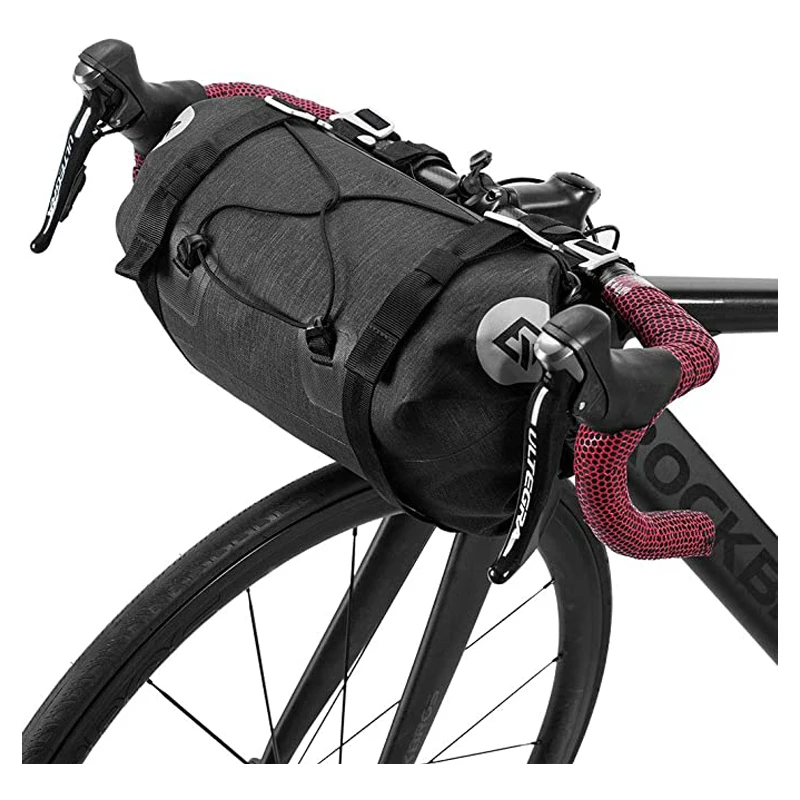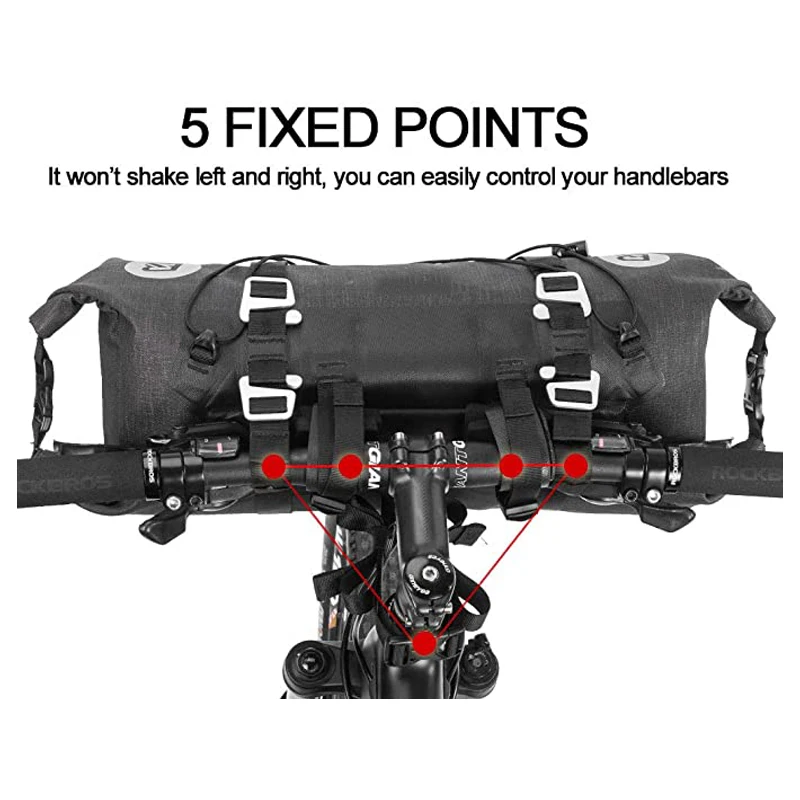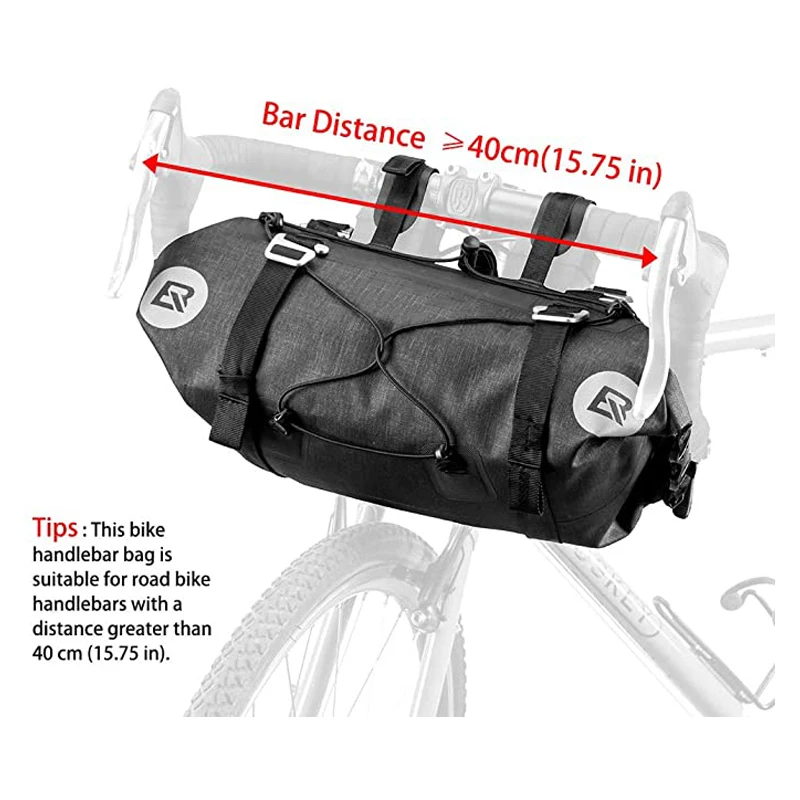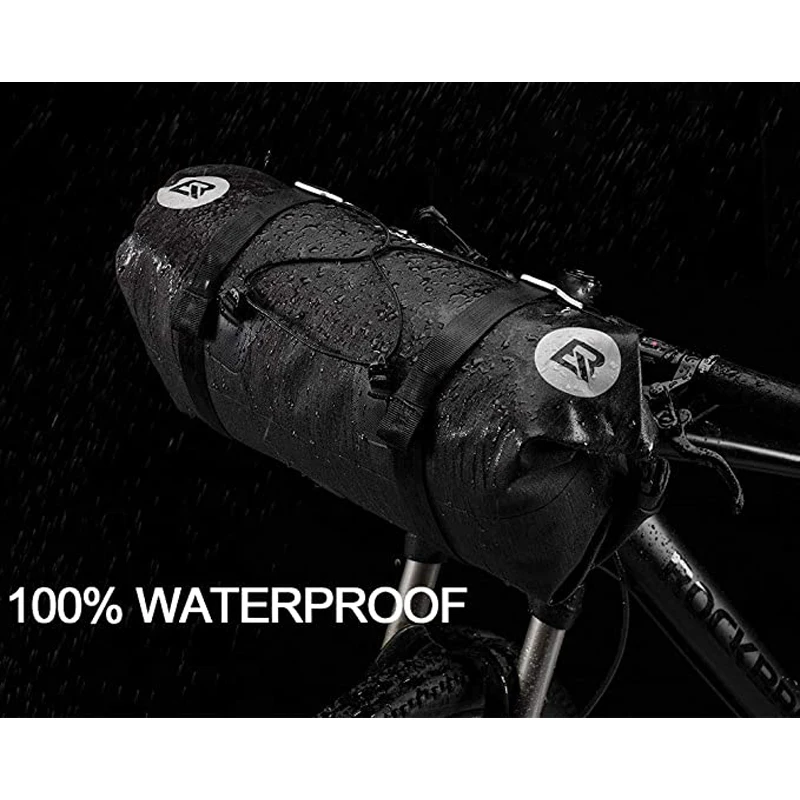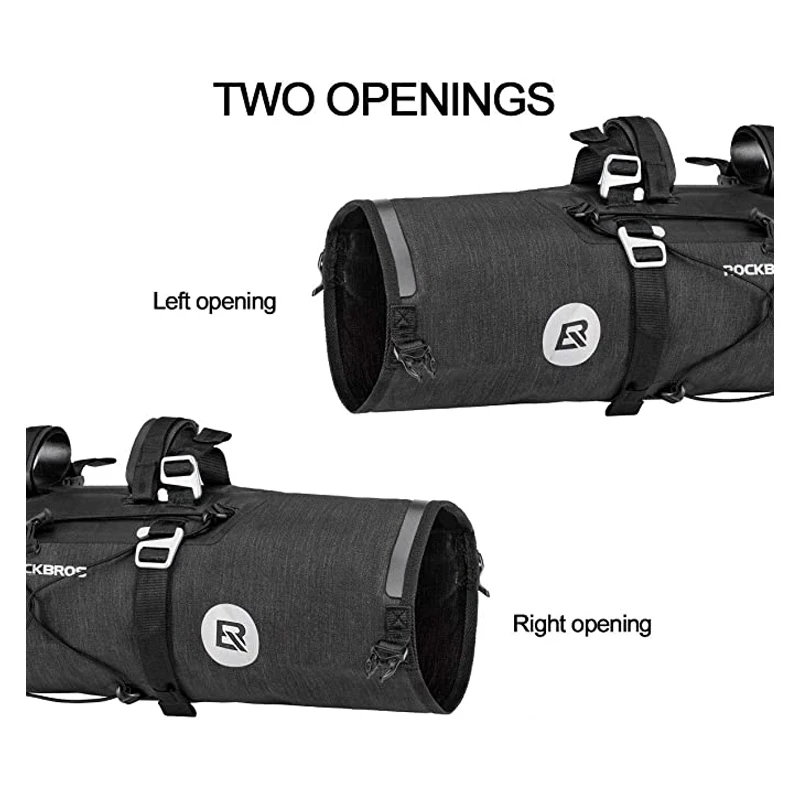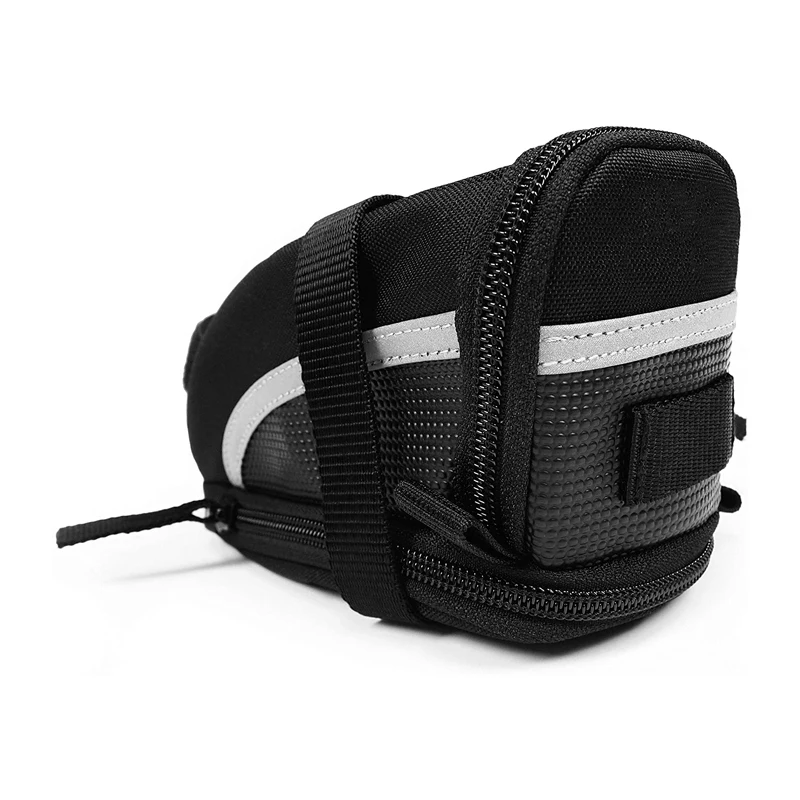Wheel Adapters & Spacers: A Complete Guide for Buyers in 2025
When upgrading your vehicle's wheels, wheel adapters & spacers play a crucial role in ensuring proper fitment and performance. These components help bridge the gap between your vehicle's hub and aftermarket wheels, while also creating space for larger brakes or tires. As we approach 2025, the market for these products continues to evolve, especially with China emerging as a major manufacturing hub.
How to Find Reliable Wheel Adapters & Spacers from China in 2025
Sourcing quality wheel adapters & spacers from China requires careful vetting. Look for manufacturers with ISO 9001 certification and at least 5 years of experience in automotive parts production. Top suppliers typically offer:
- Material certifications (T6-6061 aluminum is industry standard)
- Precision CNC machining capabilities
- Comprehensive quality control processes
- Minimum 1-year warranty
Platforms like Alibaba now feature verified suppliers with production videos and factory audits, making it easier to assess capabilities remotely.
What Buyers Should Know Before Buying Wheel Adapters & Spacers from China
Key considerations when importing:
- Shipping costs often equal 30-40% of product cost for small orders
- Lead times average 4-6 weeks including sea freight
- Customs duties vary by country (typically 5-15% for automotive parts)
- Always request material test reports
Case Study: A U.S. off-road shop reduced costs by 60% switching to a Chinese supplier, but initially faced delays due to incomplete documentation.
Types of Wheel Adapters & Spacers
The market offers several variants:
| Type | Thickness | Best For |
|---|---|---|
| Hub-centric spacers | 5-25mm | Minor clearance adjustments |
| Lug-centric adapters | 25-150mm | Wheel bolt pattern conversion |
| Billet adapters | Custom | Heavy-duty applications |
Functions and features of Wheel Adapters & Spacers
Modern adapters provide:
- Precision wheel alignment (tolerance ±0.05mm)
- Vibration reduction through hub-centric design
- Corrosion resistance (anodized or powder-coated)
- Load ratings up to 2,500 lbs per adapter
Advanced models now incorporate safety features like integrated vibration indicators.
Scenarios of Wheel Adapters & Spacers
Common applications include:
- Restoring proper scrub radius after lift kit installation
- Enabling staggered wheel setups on AWD vehicles
- Adapting vintage cars to modern wheel options
- Commercial fleet standardization
Recent data shows 78% of off-road enthusiasts use spacers/adapters for tire clearance.
How to Choose Wheel Adapters & Spacers
Selection criteria:
- Measure required offset change precisely
- Verify hub bore diameter (critical for vibration-free operation)
- Choose material based on climate (aluminum for dry, steel for corrosive environments)
- Consider professional installation for adapters over 1" thick
Pro Tip: Always torque adapters to manufacturer specs (typically 90-110 ft-lbs for passenger vehicles).
Wheel Adapters & Spacers Q & A
Q: Are wheel spacers legal in all states?
A: Most states allow spacers under 1" without restriction. Always check local regulations.
Q: How often should I retorque adapter bolts?
A: After first 50 miles, then every tire rotation or 5,000 miles.
Q: Can adapters affect my warranty?
A: They may void suspension/wheel-related claims. Consult your dealer.
Q: What's the lifespan of quality adapters?
A: 5-7 years with proper maintenance in normal conditions.
Q: How to identify counterfeit products?
A: Genuine adapters have laser-etched part numbers and material markings.


